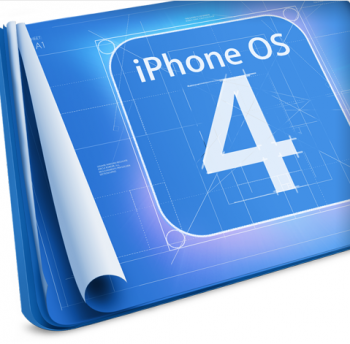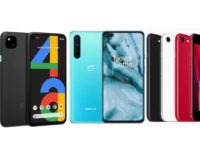 Barely a couple of years ago, the announcement of a software or firmware update for a product, be it a computer, cellphone or even an operating system (remember those Windows service packs?), used to be greeted by shrugs by most consumers. Updates used to be considered to be fixes, generally improving security and staving off a few crashes. They were important, but hardly earth shaking, and ironically, had a reputation of wreaking more havoc than they fixed – as a result, most users did not even bother upgrading their products, figuring they could live with a few niggles rather than lose all their data. One of my friends is still using his Nokia N95 with the original software that came with it, notwithstanding my attempts to make him update the firmware, which improves battery life significantly.
Barely a couple of years ago, the announcement of a software or firmware update for a product, be it a computer, cellphone or even an operating system (remember those Windows service packs?), used to be greeted by shrugs by most consumers. Updates used to be considered to be fixes, generally improving security and staving off a few crashes. They were important, but hardly earth shaking, and ironically, had a reputation of wreaking more havoc than they fixed – as a result, most users did not even bother upgrading their products, figuring they could live with a few niggles rather than lose all their data. One of my friends is still using his Nokia N95 with the original software that came with it, notwithstanding my attempts to make him update the firmware, which improves battery life significantly.
However, the iPhone has changed all that (it changed lots of things, but that is another story). Ever since it was launched, Apple has been updating the iPhone software at regular intervals, but unlike other players in the phone market, its updates have not been seen as fixes but as actual value additions. Yesterday’s iPhone 4.0 announcement was a case in point – this was no ordinary fix-the-bugs update but one that added important features like multi-tasking and a new applications folder, not to mention the iBook store to the device. This was by no means a one-off, previous updates had added features like cut and paste and the App Store to the device that people hail as the Godphone.
The irony is that updating one’s iPhone is not an easy task – the downloads are on the heavy side and you have to go through iTunes. The process can be tedious if you have installed a lot of apps, music and films on your device. And yet millions of users all over the world do it. In contrast, software updates of other products are seldom downloaded – we still have users who have not touched any of the excellent service packs that Microsoft has brought out or Windows XP and many people have refused to upgrade their Nokia N97 handsets even when Nokia came in with a firmware upgrade which improved the touch experience on the phone and boosted battery life.
All of which makes you wonder how Apple convinces its iPhone users to upgrade so often, while others fail. Perhaps it is the attention such upgrades attract, perhaps it is the value they add to the device, Steve Job’s charisma…whatever it is, the iPhone has certainly changed the device update culture in the tech world, making people all over the world wait eagerly for the next update for the device.Perhaps other manufacturers need to look more closely at how they publicise their product updates. The users will definitely not complain if they do.






add to that the fact that close to 9 – 10% users take the trouble to jailbreak aswell!
…also add the fact that most of the iPhone users are probably the ones who tend to be more on the techy/geeky side of the spectrum and understand the value that these updates bring to their gadget.
Some Apple fans would even camp outside the stores to be among the first ones to buy a new Apple product, even if it is something like an iPad 🙂
Spot on, Annkur and Hemal. Somehow iPhone updates do make so much more news than say, the ones by BlackBerry and Nokia. It cannot just be the Apple factor, for even Apple’s own updates to the iPods and the Mac OS do not grab similar headlines.